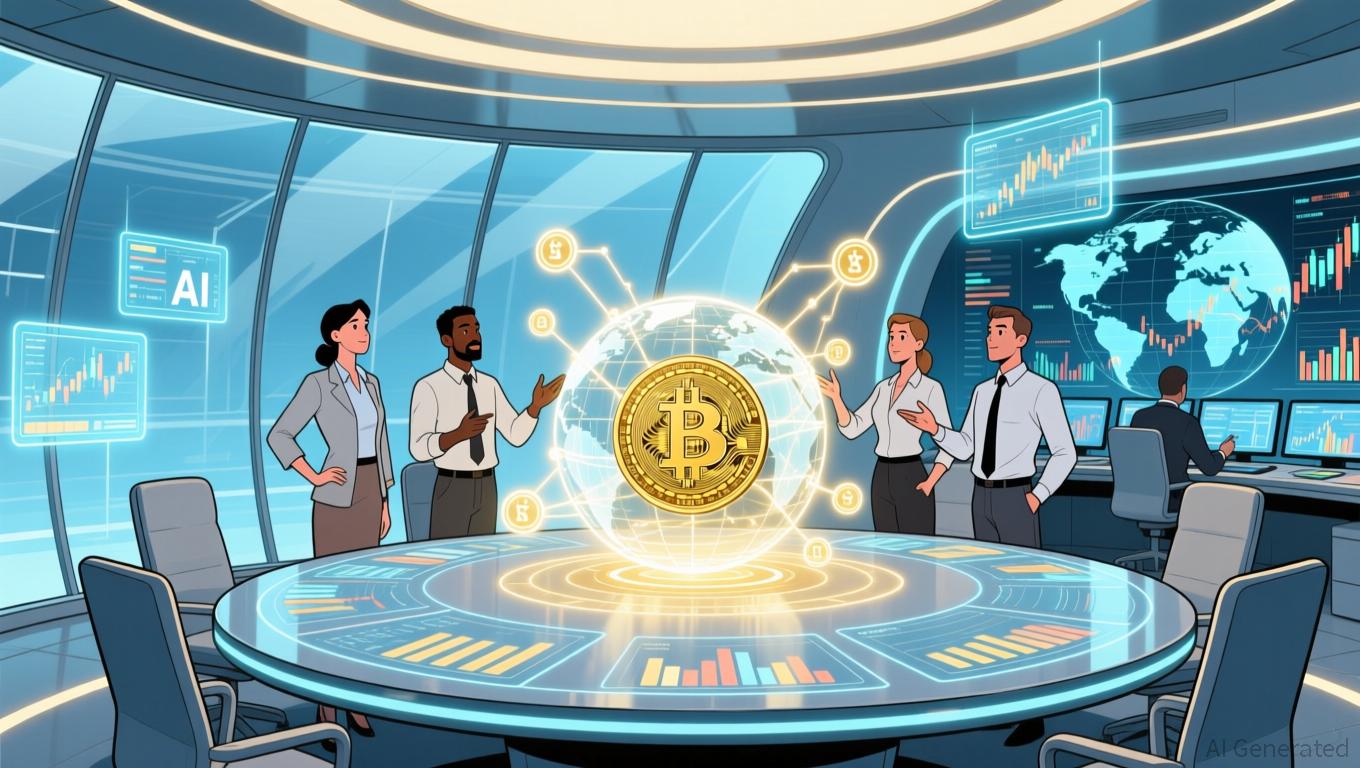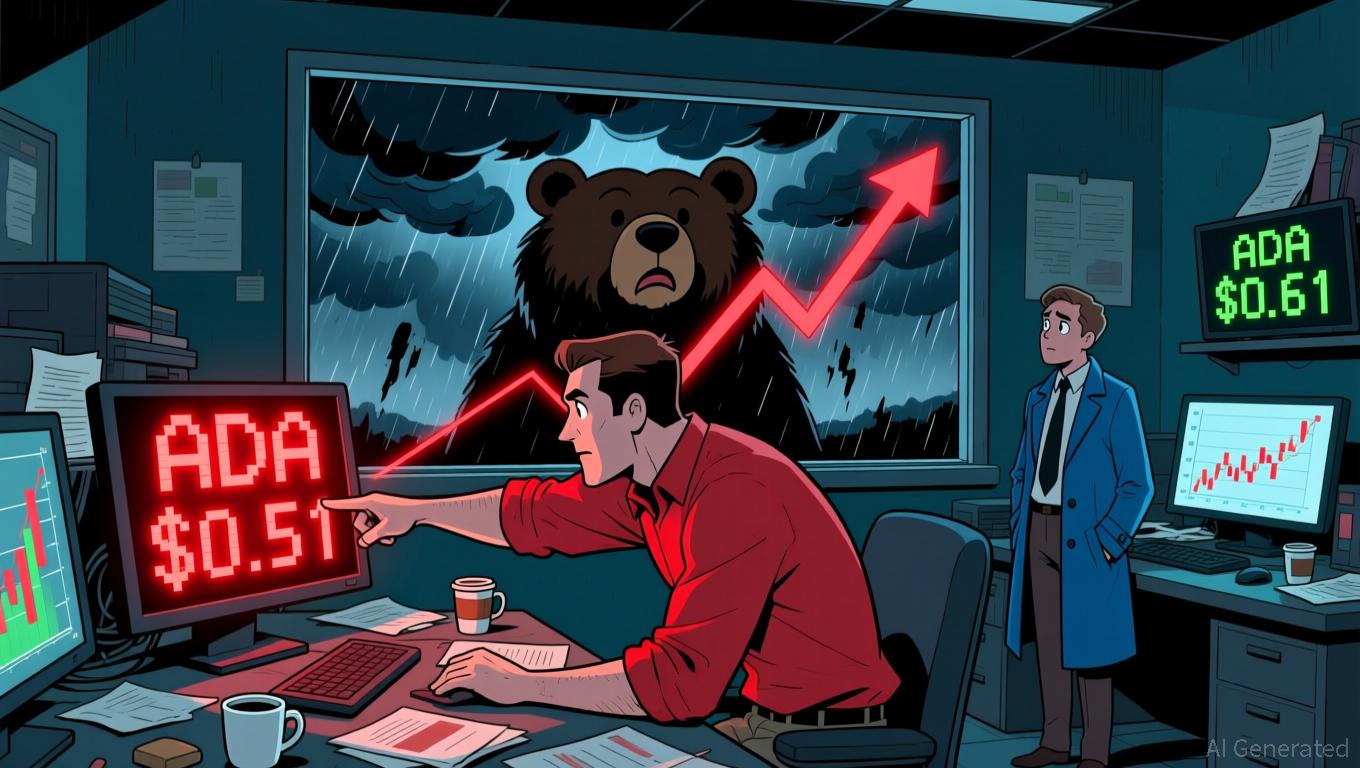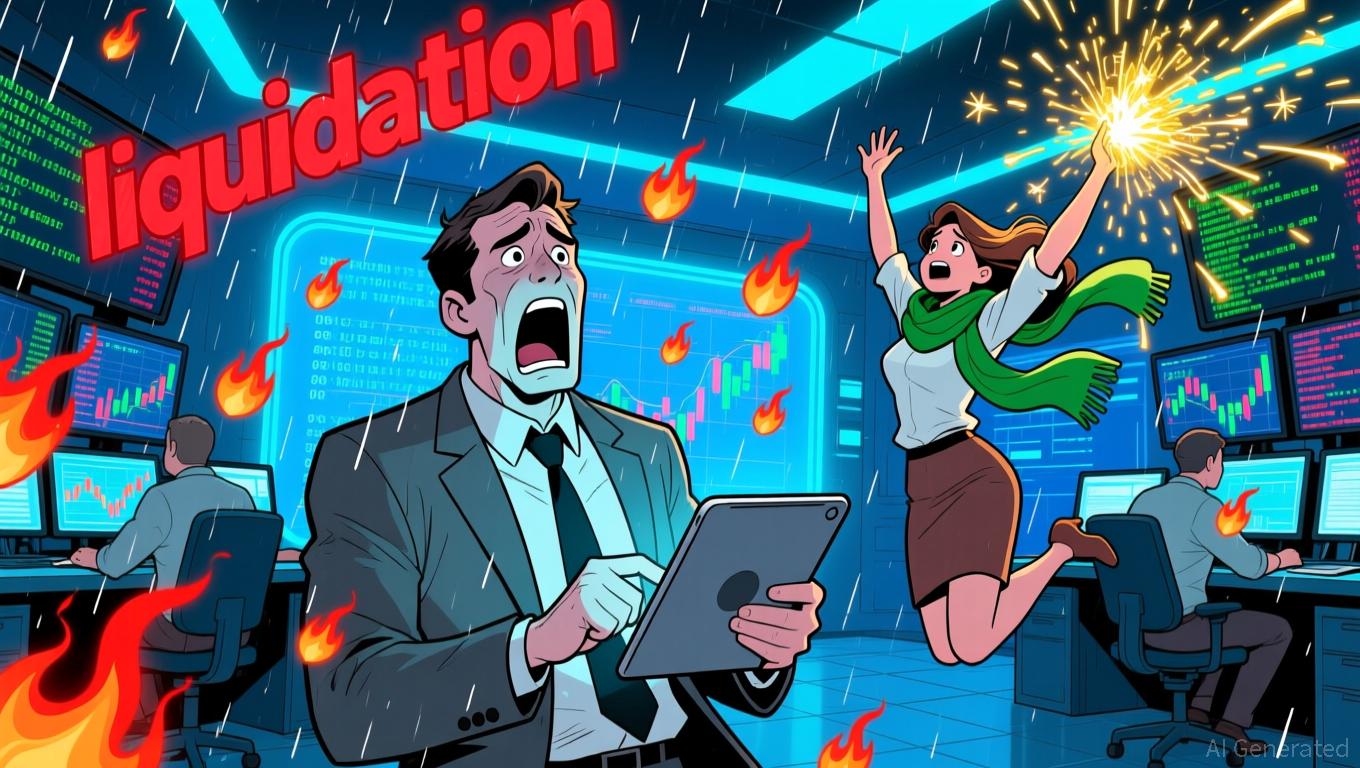Fed’s Internal Differences and Lagging Data Put Dollar at a Turning Point While Euro Strengthens
- EUR/USD climbed to 1.1590 as weak U.S. labor data and Fed policy splits fueled dollar weakness expectations. - Fed officials diverged on rate cuts: Moran favored 50-basis-point cut, Collins opposed, while Musalem noted inflation near 3%. - ECB's projected rate stability through 2027 contrasts with Fed's 125-basis-point easing by 2026, boosting euro despite global risks. - Market pricing for December Fed cuts dropped to 55% as delayed NFP data and mixed CPI components heighten uncertainty. - Technical ind
The EUR/USD climbed to 1.1590 on Monday, building on previous gains as disappointing U.S. employment figures and mixed signals from the Federal Reserve heightened expectations for a weaker dollar. This upward move came after the ADP jobs report fell short of forecasts and

The ADP data, which indicated slower private-sector hiring, has amplified worries about the strength of the U.S. economy. At the same time, Federal Reserve policymakers are divided on future actions. Dovish governor Stephen Moran
Traders are now taking a cautious approach.
Diverging monetary policies continue to benefit the euro.
The dollar's direction will likely depend on the upcoming NFP report and the Fed's subsequent actions. A disappointing jobs number could strengthen expectations for rate cuts, while a robust report might postpone easing. For now, the euro is underpinned by the ECB's firm stance and the Fed's internal disagreements, though volatility is likely as economic data and policy decisions remain unpredictable.
Disclaimer: The content of this article solely reflects the author's opinion and does not represent the platform in any capacity. This article is not intended to serve as a reference for making investment decisions.
You may also like
Investors Embrace AI and Tokenization Amid Decline in Conventional Markets
- Crypto market declines reflect investor shift to AI-driven platforms and tokenized assets amid traditional market volatility. - Recent token listings show diminishing returns (e.g., SEI/2Z 8-5% drops), signaling skepticism toward conventional mechanisms. - AI optimizes private market operations (e.g., SaaS growth, HELOC underwriting) while democratizing capital access beyond institutional bias. - Tokenization unlocks liquidity in art and healthcare via AI-driven insights, challenging traditional VC model

Cardano News Update: Institutions Embrace Cardano While DeFi Advances—Cardano and Mutuum Finance Set the Stage for 2025 Crypto Evolution
- Cardano (ADA) and Mutuum Finance (MUTM) lead 2025 crypto divergence through institutional adoption and DeFi innovation. - Cardano partners with EMURGO/Wirex to launch ADA-spending "Cardano Card," targeting 6M users and ISO 20022 alignment for institutional credibility. - Mutuum Finance raises $18.8M in presale, plans Q4 2025 testnet with liquidity pools and mtTokens, offering 250% returns for early buyers. - ADA faces bearish technical patterns and whale selling, while MUTM's low entry price and structur

XRP News Today: Crypto Market Turbulence Rises as SEC Alters Regulations and Major Whale Closes Short Position
- A "Triple Short ASTER" whale liquidated a 4.79M AST short position, triggering crypto market volatility and $10M+ in ETH/XRP losses. - XRP dropped to $2.40 amid Canary Capital's ETF launch, while ETH longs face losses from SEC's accelerated crypto ETF approval process. - SEC's 20-day ETF filing rule and 21Shares' crypto index ETFs (TTOP/TXBC) highlight growing institutional exposure and regulatory uncertainty. - Market analysts link whale activity to broader trends in derivatives trading, ETF adoption, a

China’s economic framework faces challenges from both international trade tensions and internal pressures
- China's economy faces stalling risks as trade tensions, supply chain disruptions, and domestic challenges converge, with record investment declines undermining growth. - Trump's 100% tariffs on Chinese imports and export controls, alongside Beijing's retaliatory measures, create volatility despite temporary trade truce efforts. - Sector-specific risks persist: antimony export bans are suspended, but rare earths and semiconductor disputes remain unresolved, while real estate-linked industries like Lingong
